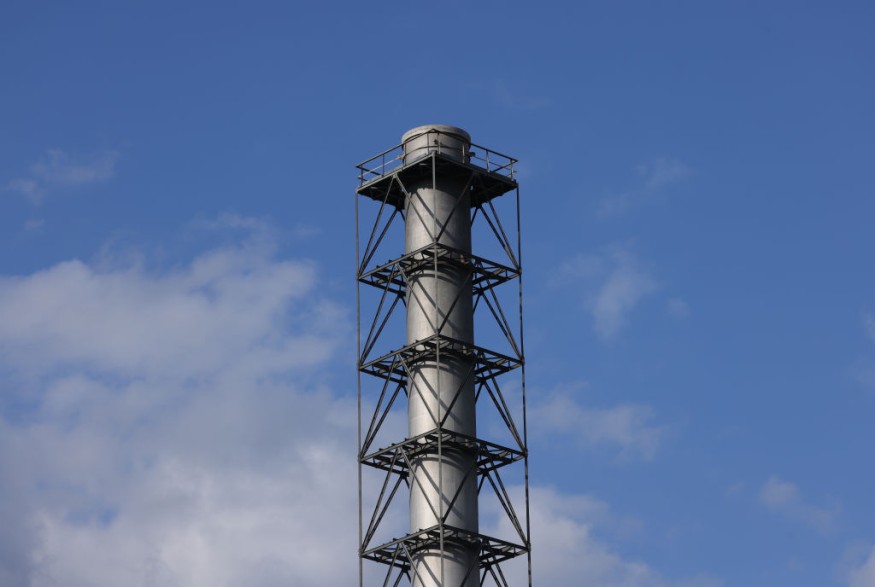
The atmosphere in Europe has becoming noticeably drier in recent decades than it was before industrialization due to greenhouse gas emissions.
Vapor Pressure Deficit
In a report of an international tree-ring study led by the Swiss Federal Institute for Forest, Snow and Landscape Research WSL, show that the air across much of Europe has been drier than it has ever been since the start of the 21st century, and this trend is still present.
The investigated tree-ring data reach back to the year 1600.
Kerstin Treydte, lead author of the study in Nature Geoscience and a WSL researcher, rebuilt vapor pressure deficit changes over the previous 400 years in Europe for the first time.
Air dryness is measured using VPD. It defines the air's "thirst for water," or the difference between the air's actual and maximum achievable water content.
High VPD air causes thirsty air, which takes more water from soils and plants, slows the growth of vegetation, and may even cause tree death.
Soils and vegetation that are desiccated increase the likelihood of flames. Although it is well established that VPD rises with climate change, regional differences in the extent of long-term changes to pre-industrial levels remain unresolved.
She worked with 67 foreign researchers to create a vast network using oxygen isotope data in tree rings from different parts of Europe.
Isotopes are weight-varying variations of an atom that are taken up by the roots during water intake and changed in the leaves during transpiration. Their distribution differs throughout tree rings.
They concluded that the dry air issue has significantly worsened this century.
Furthermore, they show that greenhouse gas emissions were a necessary condition for the current VPD levels to be attained, indicating a clear human influence. Additionally, the combination of direct measurements, model simulations, and tree-ring data clarifies regional differences.
Experts said that VPD is now increasingly common and severe due to the rise in greenhouse gasses from fossil fuels, especially in the Pyrenees, the Alps, and the central European plains. The worst years were 2003, 2015, and 2018.
Due to its colder climate and less water absorption capacity, northern Europe has so far seen the least amount of VPD; however, with time, more problems are anticipated.
Threats To Ecosystem
A prolonged rise in VPD presents a danger to numerous essential ecosystem services.
Because crops require more water when their VPD is higher, agriculture places a special emphasis on it. Crop yields decline and more watering is needed.
According to Treydte, the availability of wood and the sequestration of carbon in forests are threatened, which raises questions about how these ecosystems will manage climate change and store carbon in the future.
This makes cutting emissions and preparing for climate change much more vital, especially in Europe's highly populated areas.
"Our findings will help to refine simulations of future climate scenarios and to assess the threat posed by high VPD levels to ecosystems, the economy and society," says Treydte.
© 2025 NatureWorldNews.com All rights reserved. Do not reproduce without permission.





